Images of the Russian Empire: Colorizing the Prokudin-Gorskii photo collection
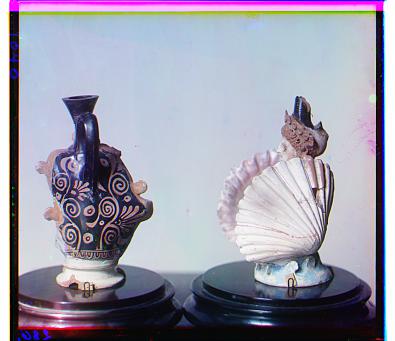
vase
G(0,2) R(0,11)
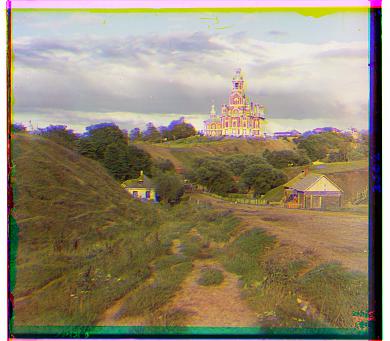
cathedral
G(-1,1) R(-1,8)
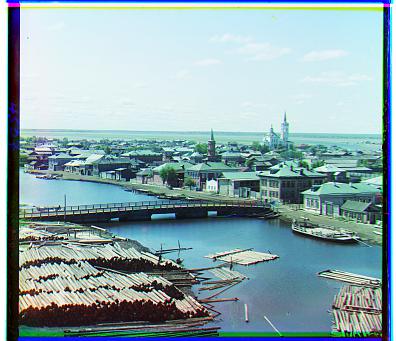
tobolsk
G(2, 3) R(3, 7)
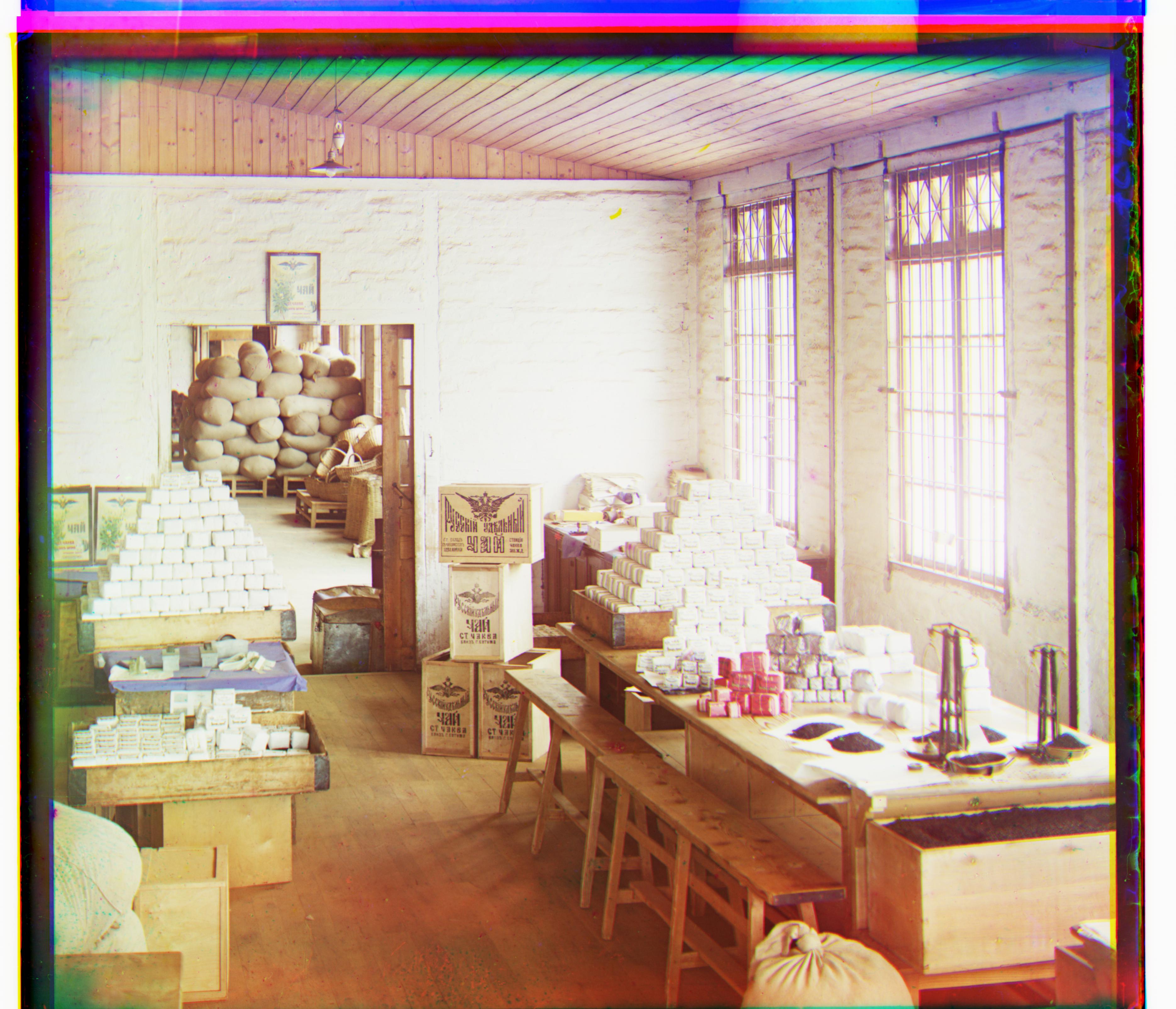
workshop
G(-4,52) R(-14,104)
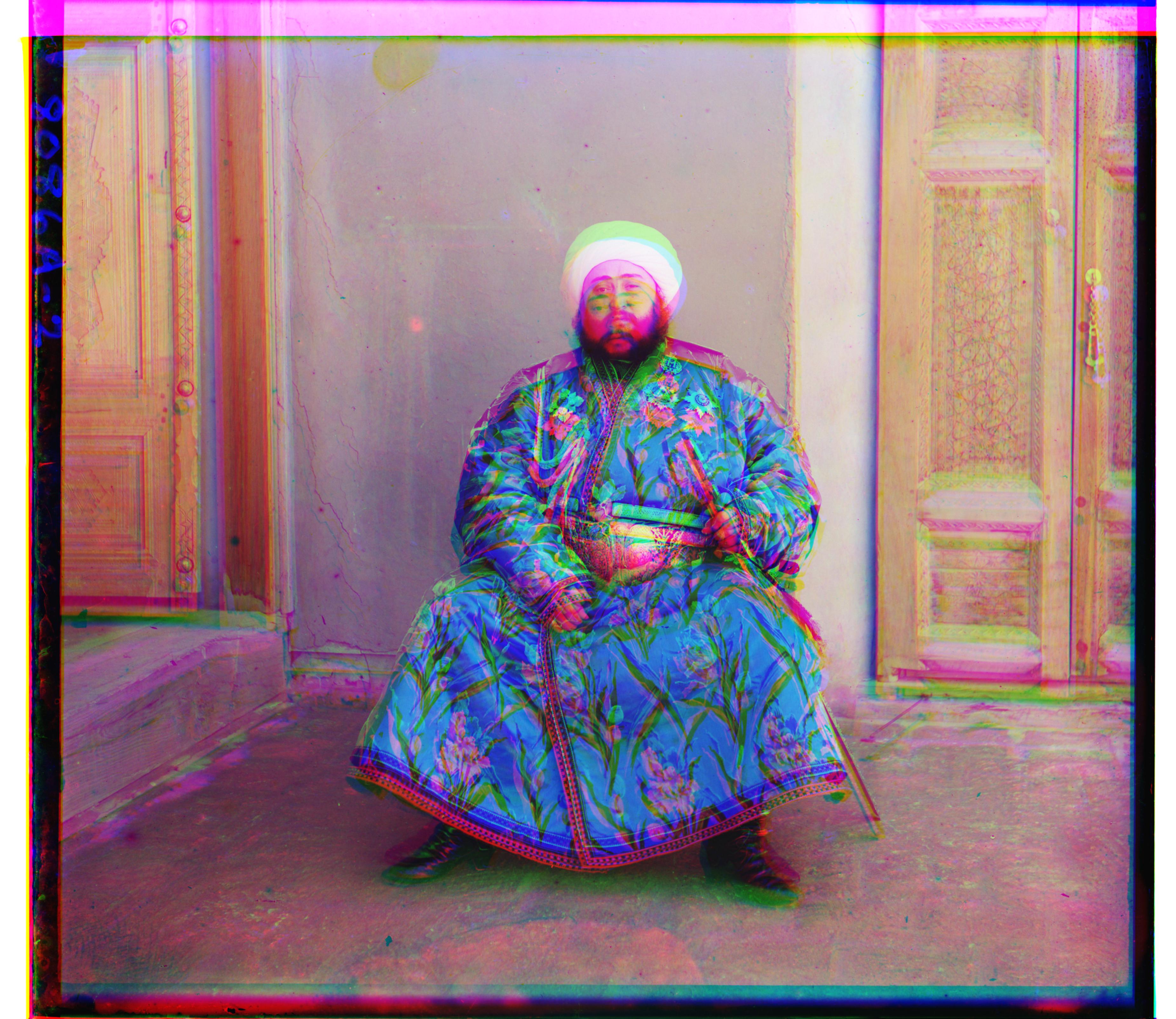
emir
G(8,-4) R(16,113)
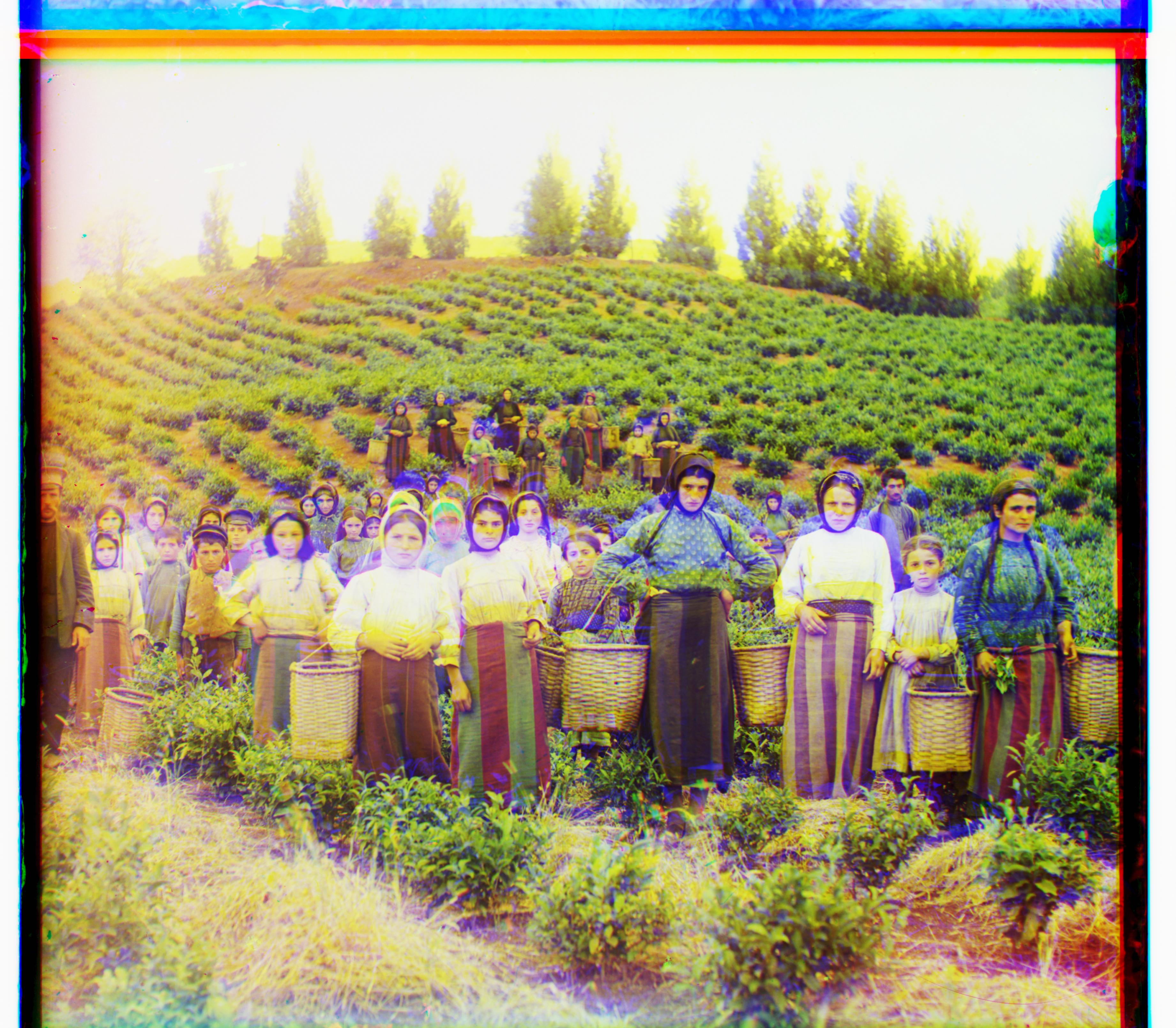
harvesters
G(-4,119) R(-6,184)
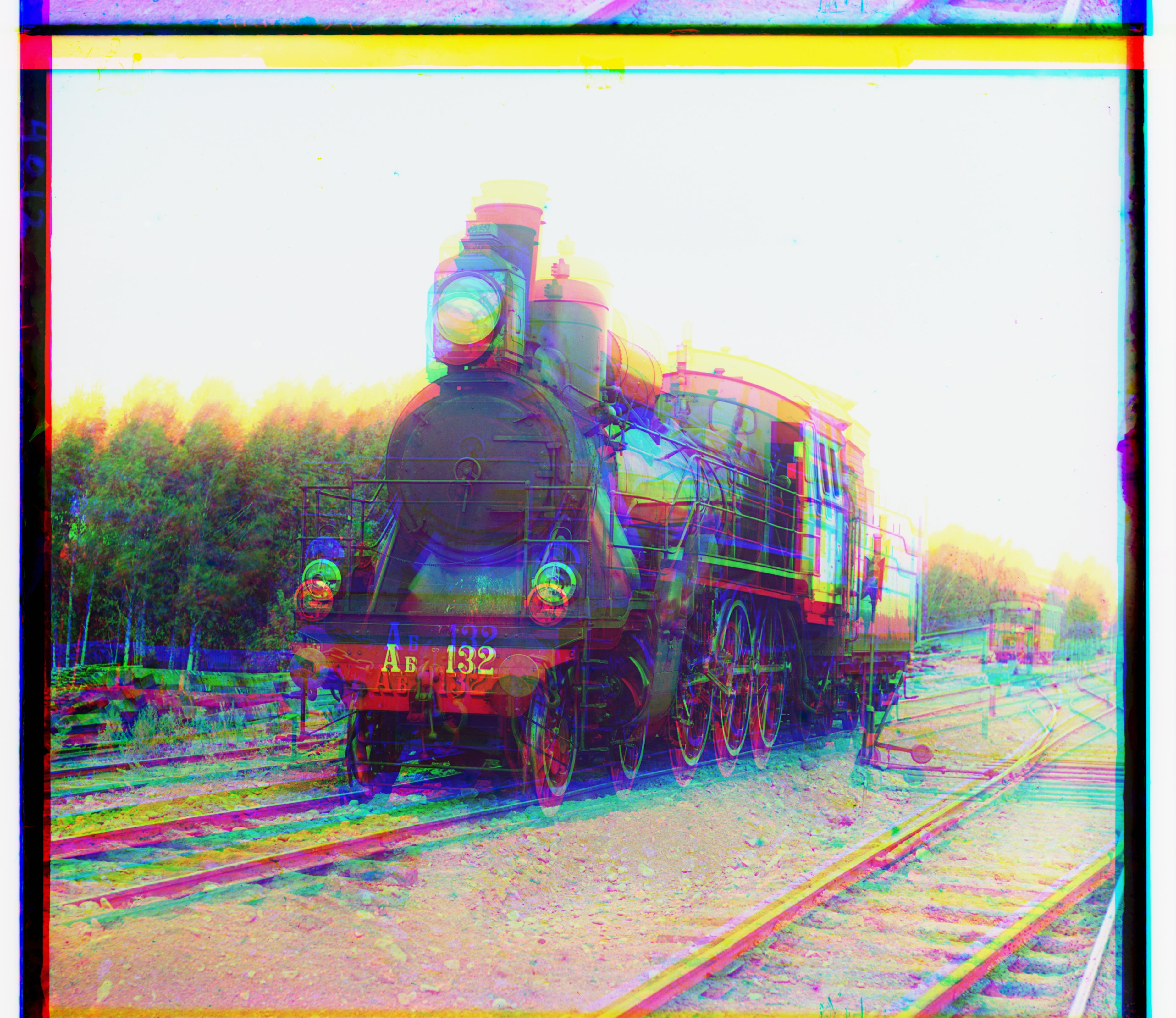
train
G(-8,110) R(-6,220)

castle
G(4,35) R(8,98)
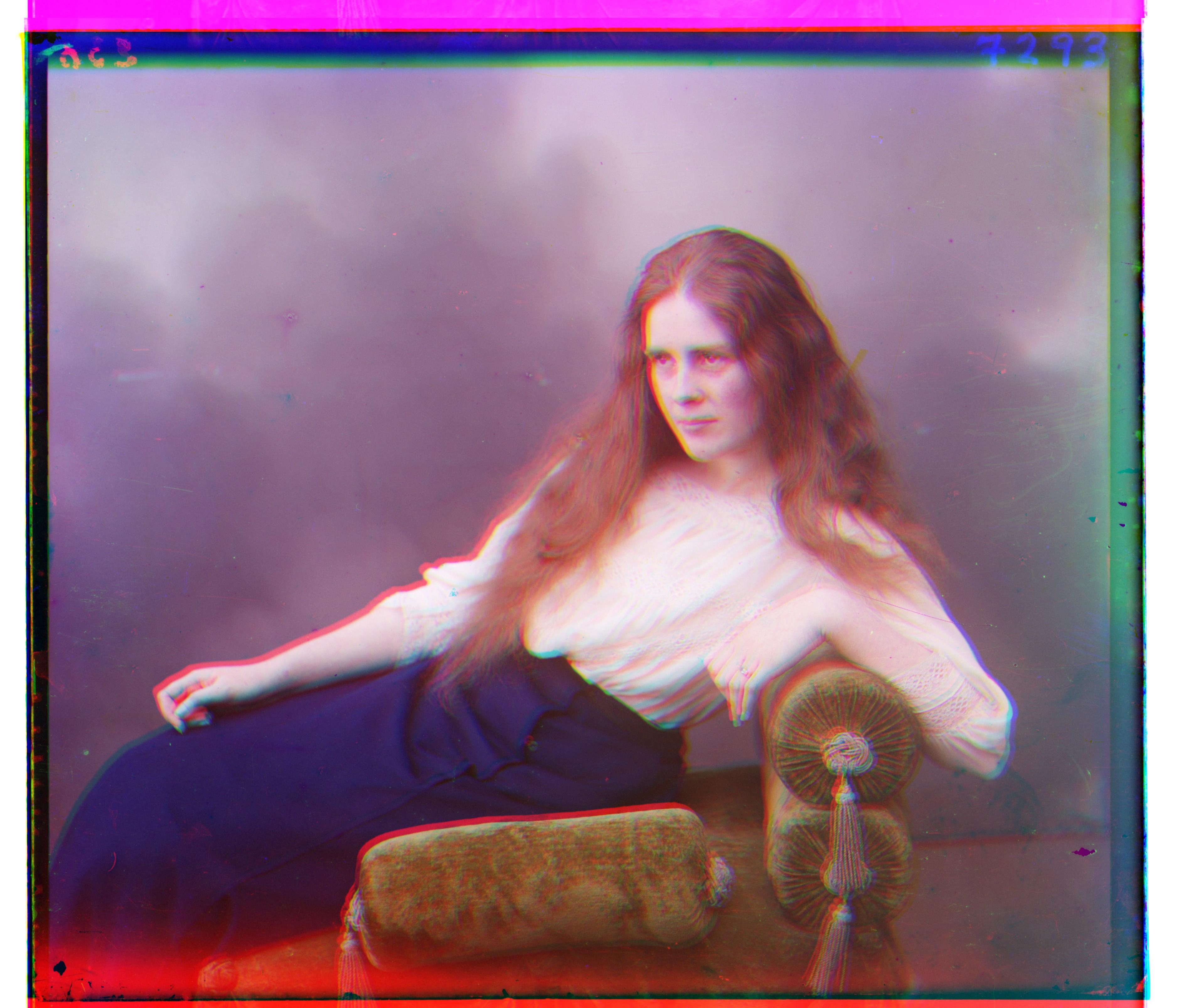
lady
G(-6,56) R(-16, 100)
icon
G(16,41) R(21,88)
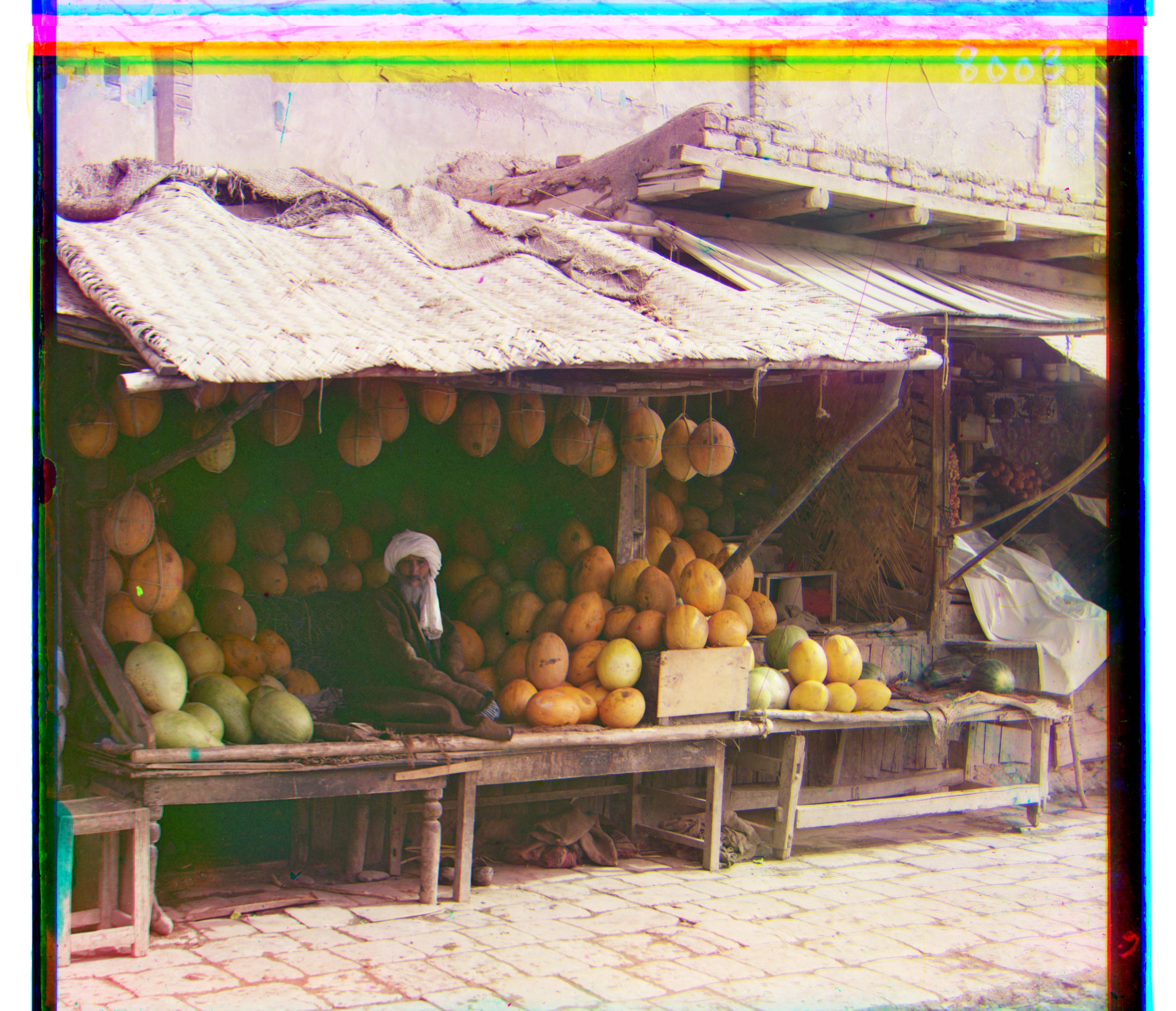
melons
G(4,83) R(6,178)
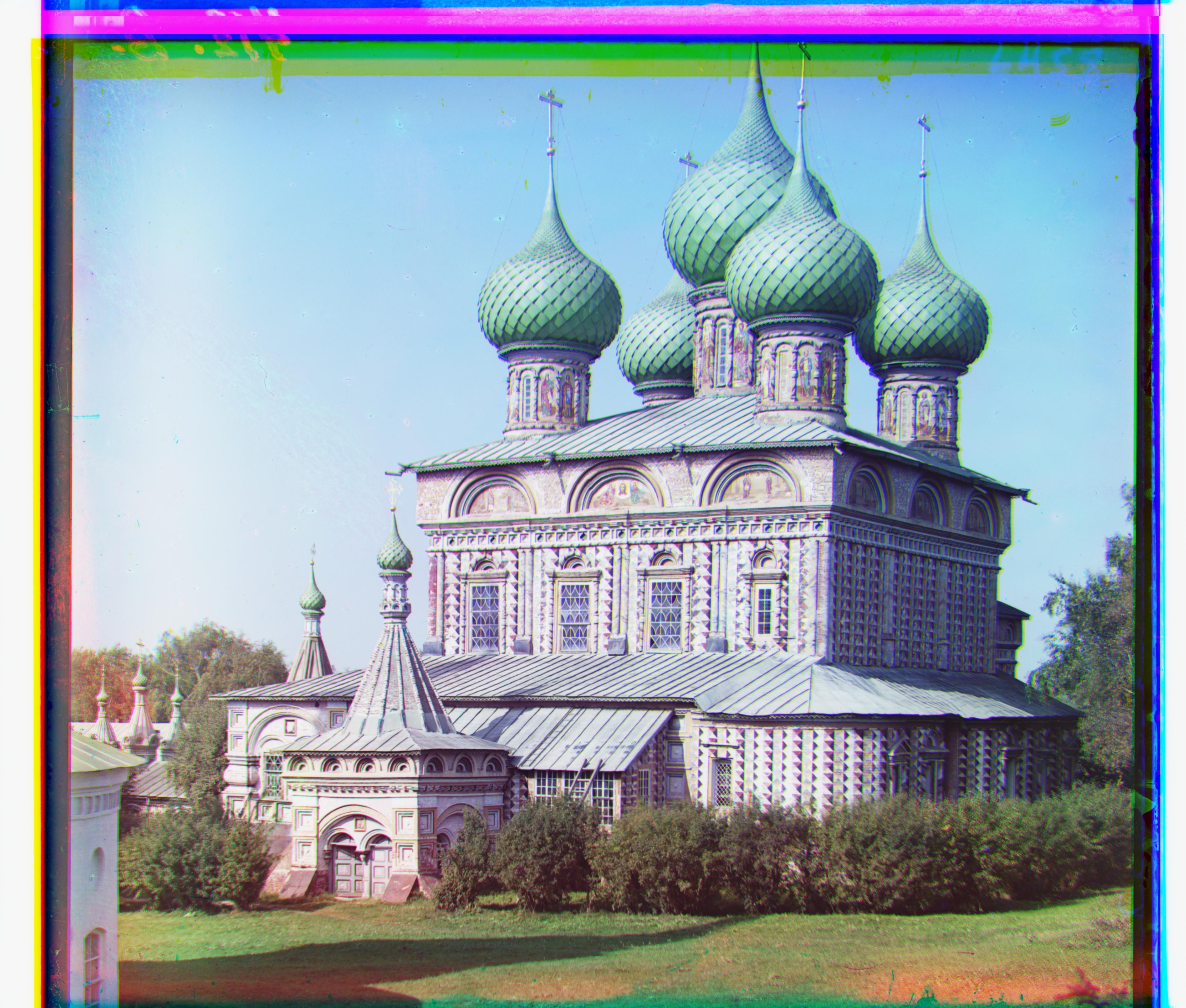
onion_church/b>
G(22,52) R(33,108)
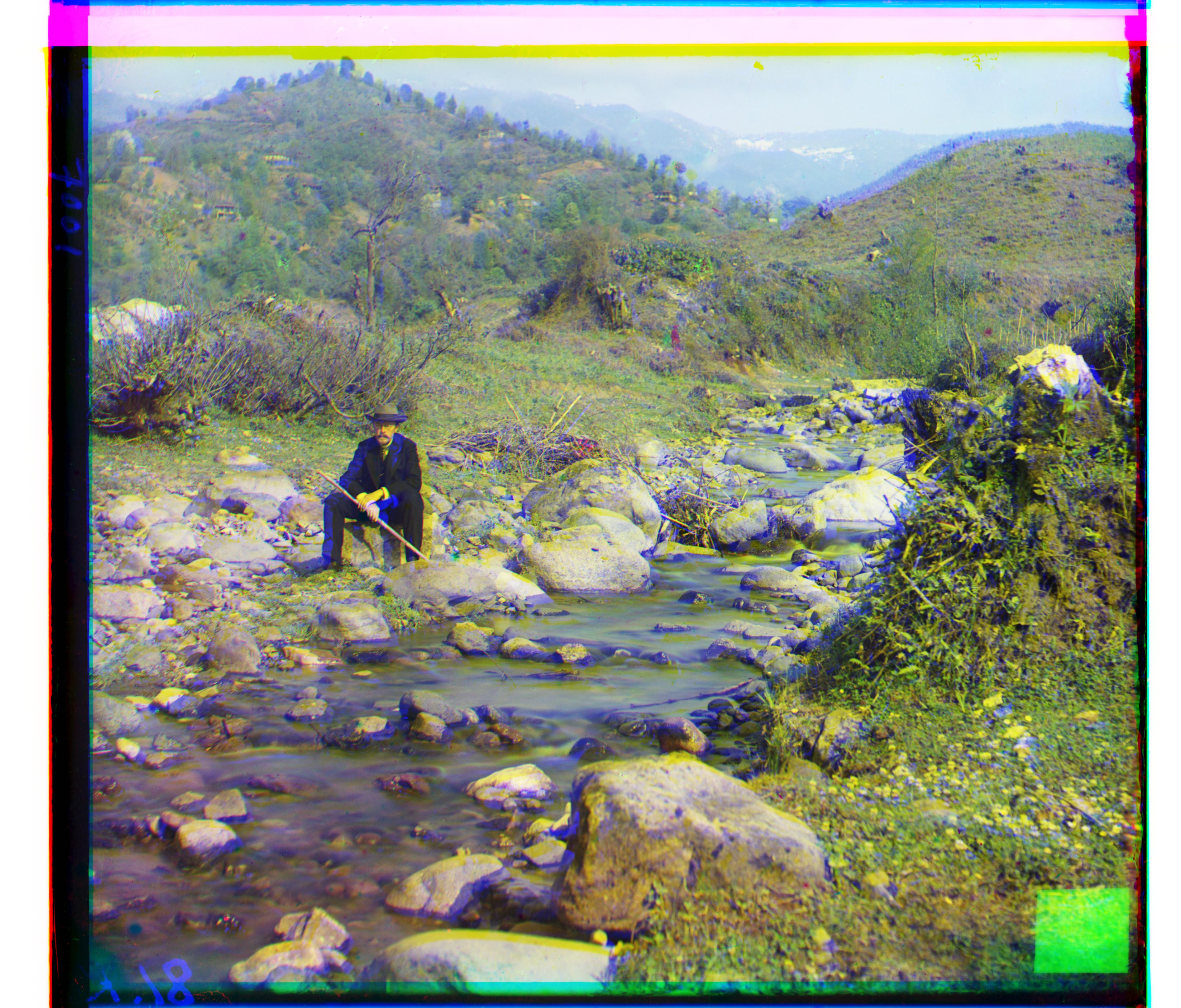
self_portrait
G(-2,50) R(4,149)
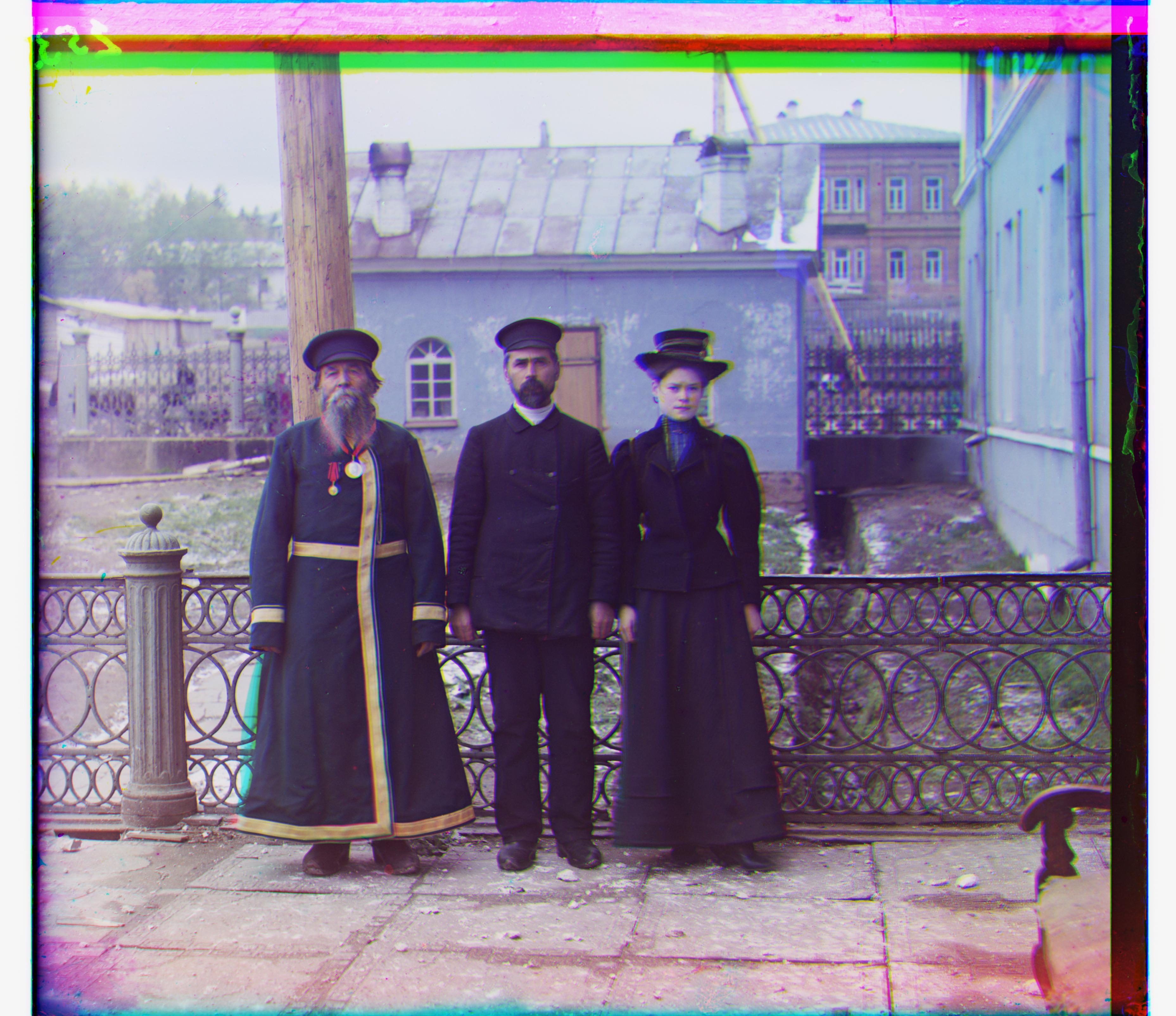
three_generations
G(4,52) R(4,110)
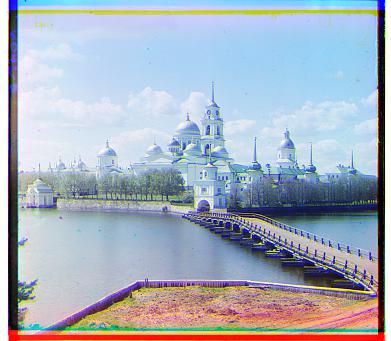
monastery
G(0, -6) R(1, 0)
Project Background
Sergei Mikhailovich Prokudin-Gorskii (1863-1944) [Сергей Михайлович Прокудин-Горский, to his Russian friends] was a man well ahead of his time. Convinced, as early as 1907, that color photography was the wave of the future, he won Tzar's special permission to travel across the vast Russian Empire and take color photographs of everything he saw including the only color portrait of Leo Tolstoy. And he really photographed everything: people, buildings, landscapes, railroads, bridges... thousands of color pictures! His idea was simple: record three exposures of every scene onto a glass plate using a red, a green, and a blue filter. Never mind that there was no way to print color photographs until much later -- he envisioned special projectors to be installed in "multimedia" classrooms all across Russia where the children would be able to learn about their vast country. Alas, his plans never materialized: he left Russia in 1918, right after the revolution, never to return again. Luckily, his RGB glass plate negatives, capturing the last years of the Russian Empire, survived and were purchased in 1948 by the Library of Congress. The LoC has recently digitized the negatives and made them available on-line.
Naive Method
When dealing with low resolution images, this project use the naive approach where we align the images by brute force method. Within the range of (-15,15), we computer using either the ssd method or the ncc method, to find the best score to align images, and output them at last.
Pyramid Method
When dealing with high resolution images, the naive method takes forever to finish. Hence, we will instead, use the pyramid method, where we rescale the image to a smaller size and do the naive method on each smaller subsequent layer. We record the moves of the scaled green filtered and red filtered inmages, and rescale the size to move the actually filtered images. We sum up the moves finally as the text below the images. That highly sppeds up the runtime. I choose to have a maximum depth of 3 which by serveral tests, it ruduces runtime a lot whlie still have a good final colored image. I rescale the image with a factor of 256 and the difference factor by 1.6. The 1.6 is the numger I serach online about pyramid method and read an artiicle about how Gaussian makes the image pyramid works the best, and the "magic number" the article useds is 1.6. The rescling of 256 is a number I ran serveral times and finds work the best with tif images.